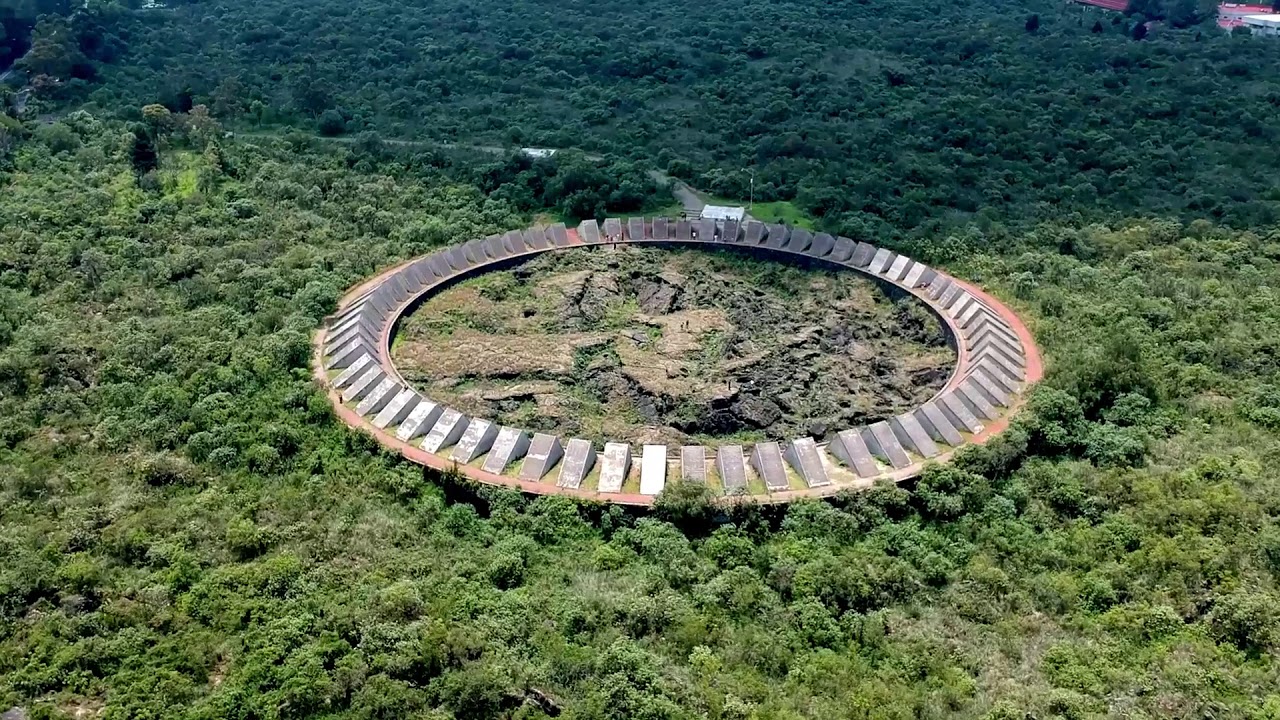
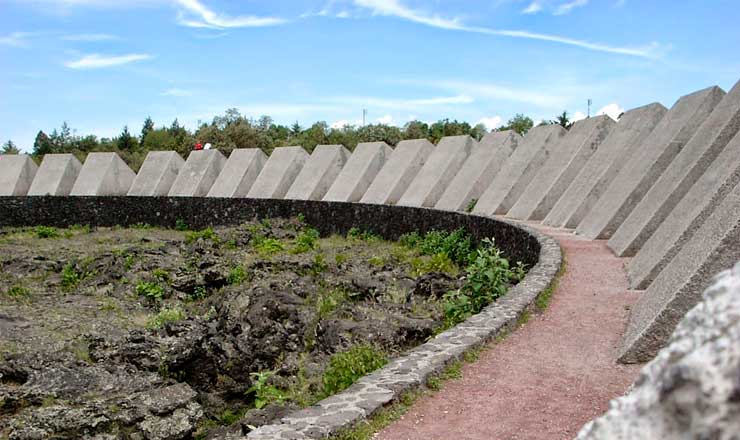


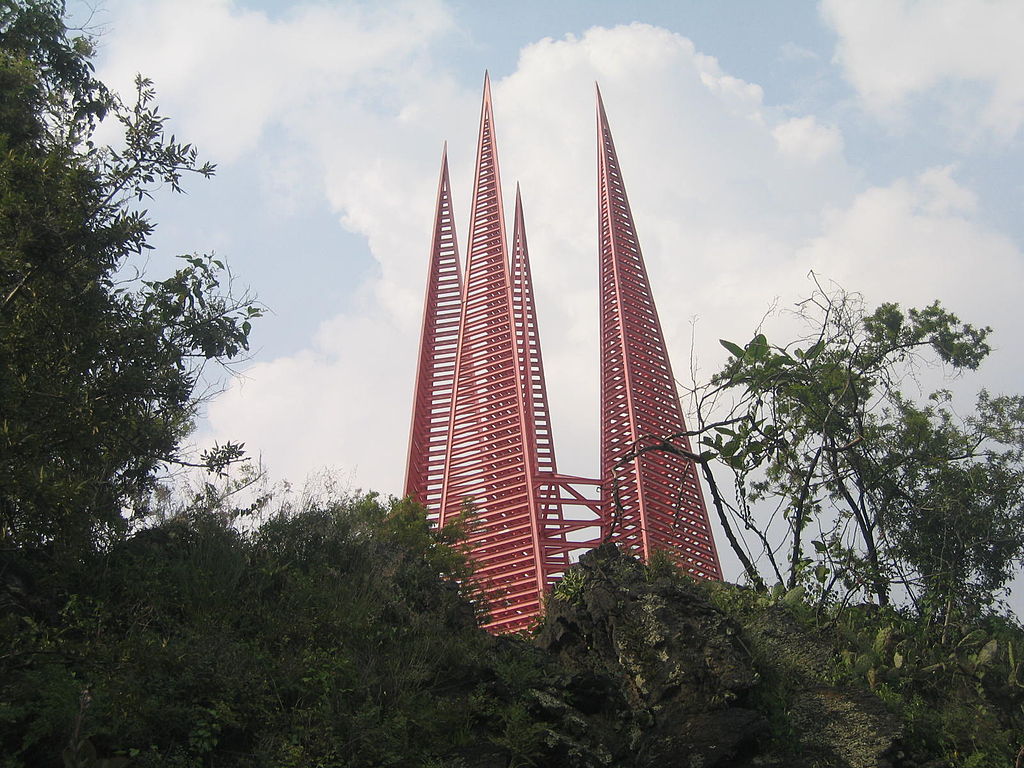
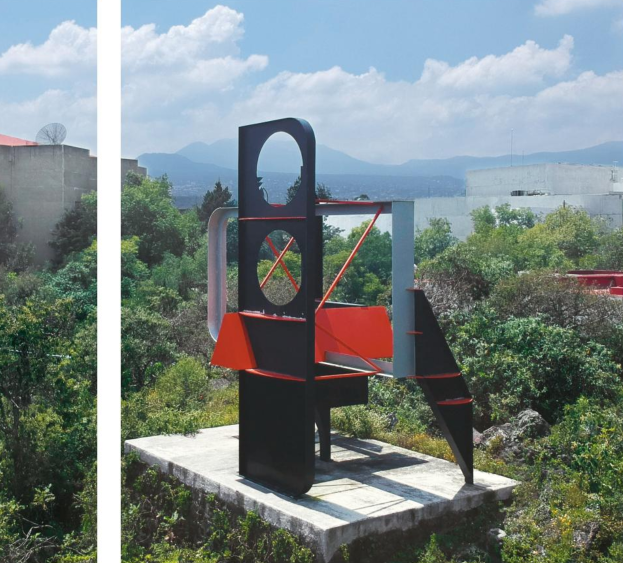
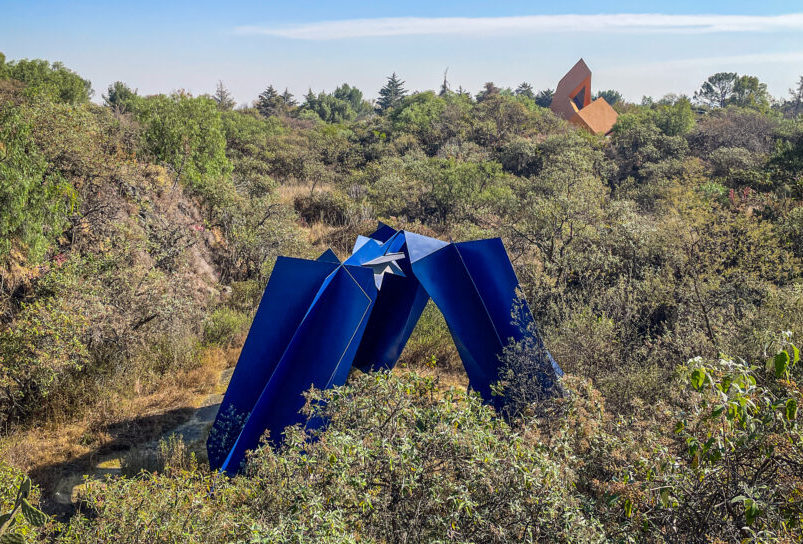
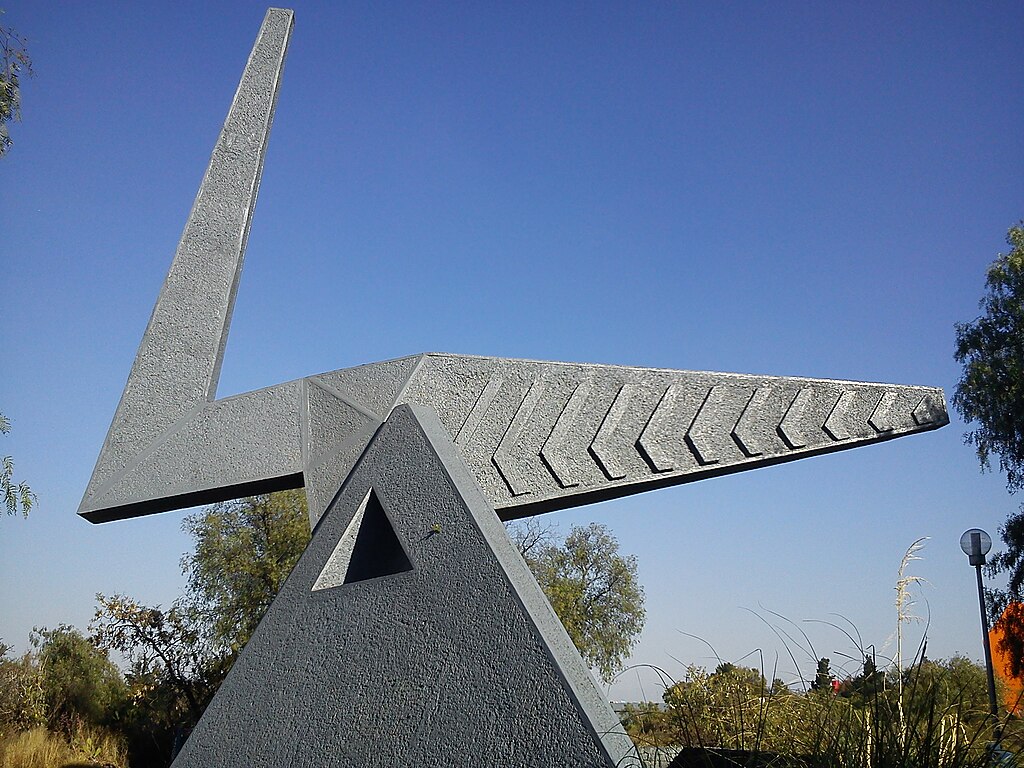
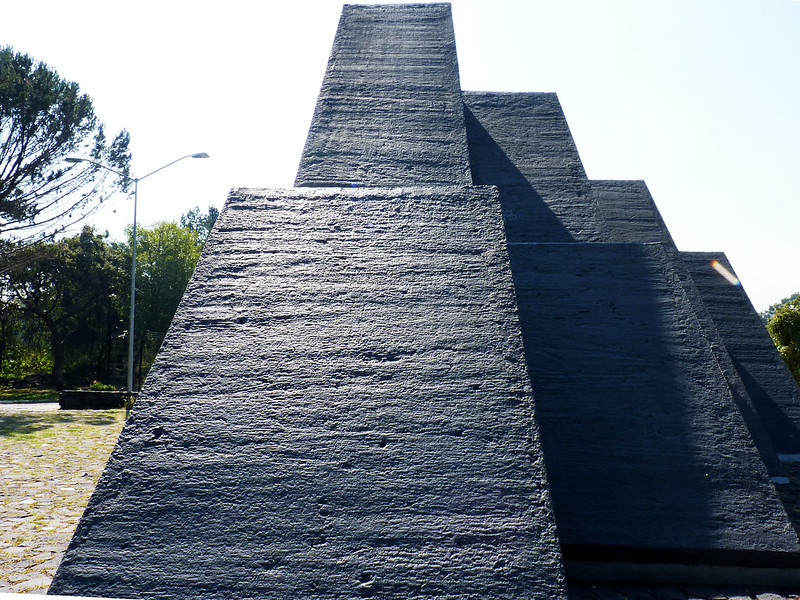
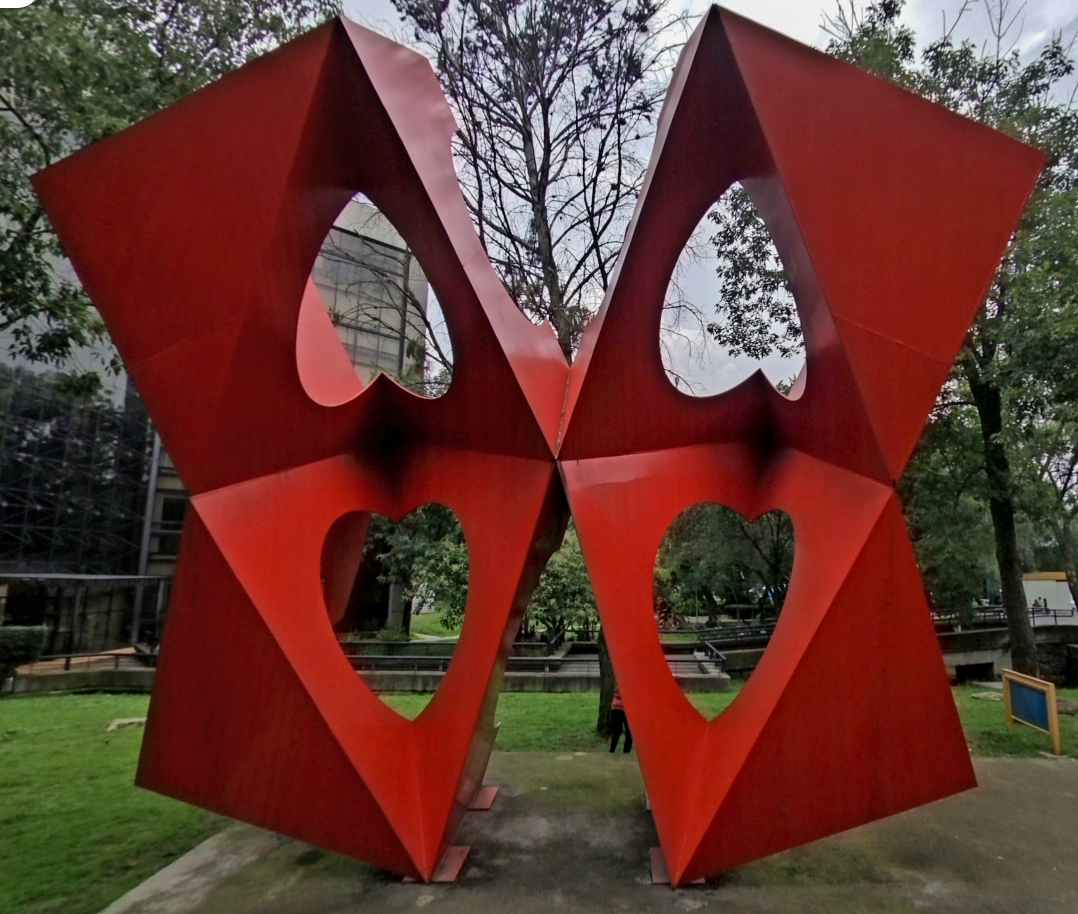
El Espacio Escultórico, situado junto al Centro Cultural Universitario de la UNAM, es uno de los lugares más accesibles y gratificantes de la visita al campus universitario de la UNAM. El espacio en sí es un anillo gigante de prismas triangulares de piedra que rodean un mar helado de lava.
La gigantesca obra Land Art consiste en un gran círculo de unos 120 metros de diámetro. Lo rodean 73 “prismas” triangulares. Toda la obra fue concebida por seis de los escultores mexicanos más importantes del momento. Propuesta originalmente por el escultor Federico Silva en 1977, la idea era posicionar mejor las artes visuales y la escultura geométrica en México dentro de un entorno natural.
Y vaya si lo es. La obra forma un santuario accesible y un punto focal dentro de la gigantesca y protegida Reserva Ecológica del Pedregal de San Ángel. El espacio respeta el extenso paisaje natural a la vez que invita a los visitantes a contemplar sus propios espacios dentro del gran entorno natural. Un mosaico de azulejos grabados también hace referencia a las demás obras de la zona.
La inmensa obra Land Art fue el resultado de intensas reuniones y de la colaboración entre todos los artistas participantes. En los años siguientes a la inauguración de la obra en 1979, los artistas también colocaron otras obras independientes en el Paseo de las Esculturas, al sur. Algunas de ellas están integradas en las instalaciones del Centro Cultural. Otras están situadas a mayor distancia en el paisaje de la Reserva.
Las obras del Pasaje de las Esculturas incluyen:
El espacio también ha crecido para incluir otras obras cercanas pero que técnicamente no forman parte del Pasaje.
También hay varias obras al poniente del Centro Cultural adornando el entronque de Mario de La Cueva con la Avenida Insurgentes Sur.
El Espacio Escultórico es gratuito y está abierto al público. La instalación circular principal sólo está abierta de lunes a viernes, de 7.00 a 16.00 horas.
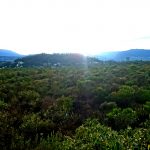
Cercano a 0.21 kms.
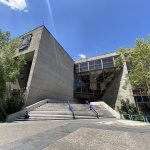
Cercano a 0.32 kms.
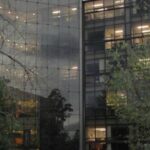
Cercano a 0.35 kms.
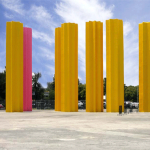
Homenaje de Goeritz a la Osa Mayor en la Ciudad de los Deportes...
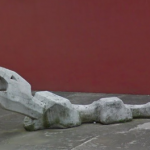
Entre las primeras obras de Goeritz en México...
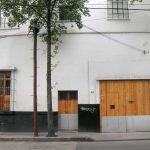
Una obra maestra de diseño de interiores del siglo XX.
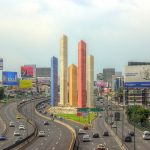
Tras 65 años, salir de la Ciudad de México hacia el noroeste deja una visión inconfundible.
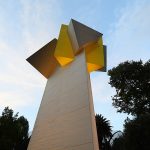
Una de las obras más notables de Goeritz, recién restaurada y mejor que nunca.